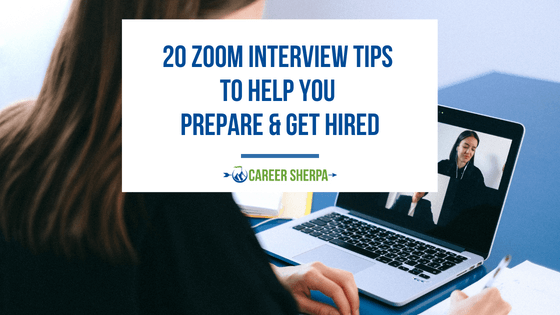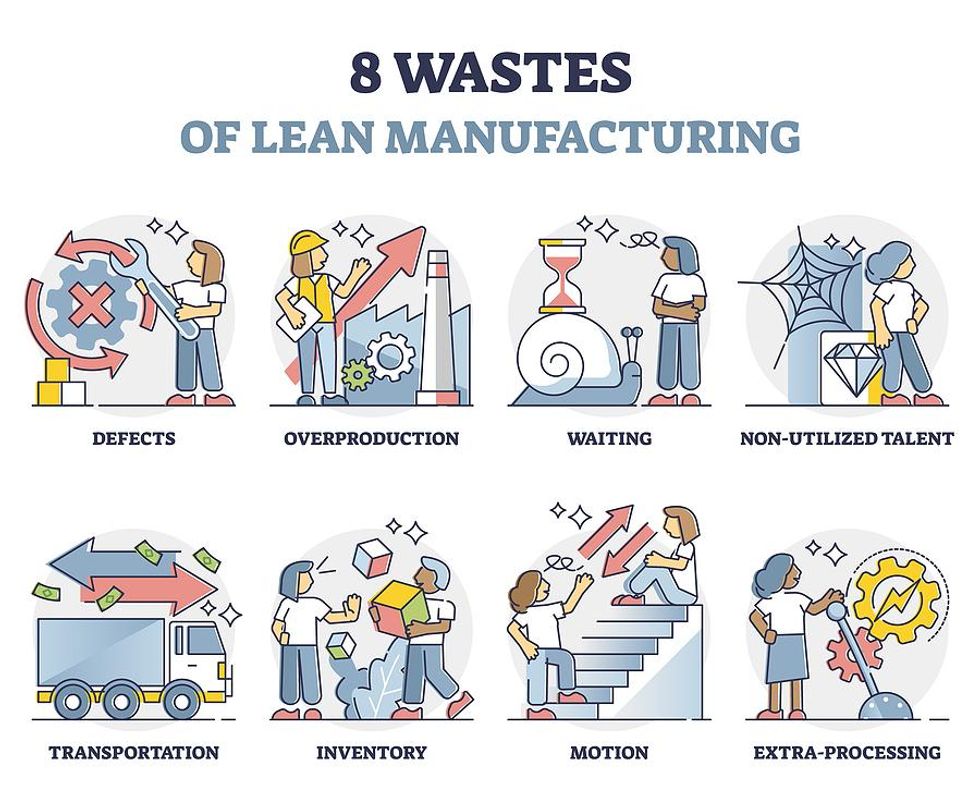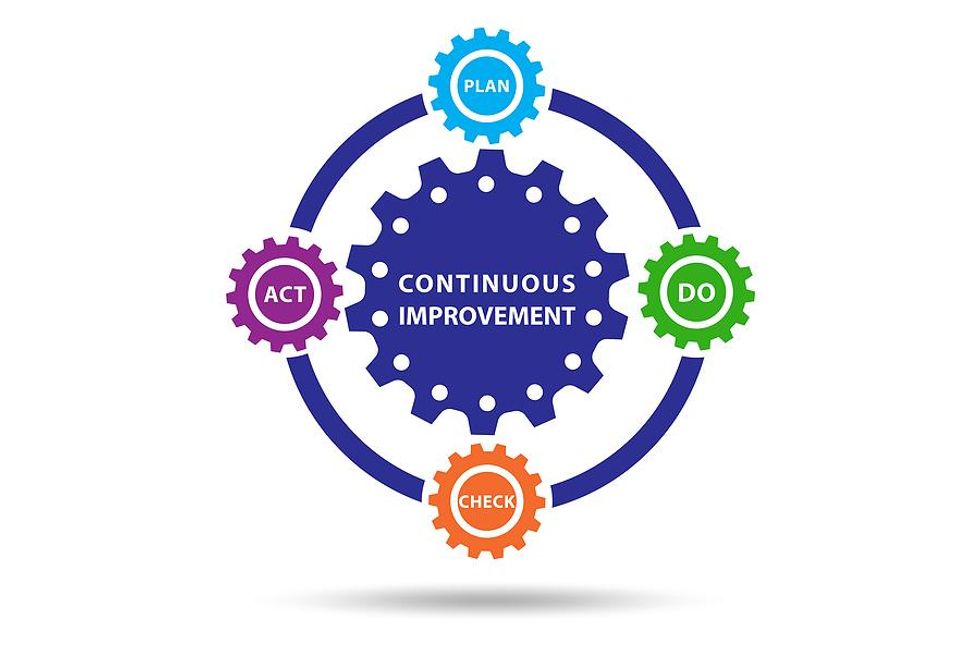
When companies go through hard times, they must do whatever it takes to stay afloat. This looks different in every industry, but the solution is always to cut costs. Executives and other business leaders within a company need to decide what expenses they should target.
We recently asked our leading executives what cost-cutting measures their industry takes when hard times hit.
Here are their responses…
Andrea Markowski, Marketing Executive

Generally, marketing budgets are usually cut first, no matter the industry. There are a few reasons for this, but one of the most probable is that marketing can be difficult to track and justify.
This is the nature of marketingâit can be intangible and thus hard to show that the work being done is benefiting the bottom line. For example, how much value does a new branding campaign bring to a company? There are ways to approximate this, but showing concrete results in dollars and cents isnât easy.
The best way for marketing departments to hold on to their budgets and prove their effectiveness is through detailed (and time-consuming) tracking in a CRM system. If itâs possible to draw a clear line from marketing efforts to new customer acquisition, then itâs worth it.
However, many beneficial marketing activities simply cannot be tracked or measured. For example, determining the effectiveness of a billboard in a highly-trafficked area is a challenge. No one can argue, though, that it is likely seen by the hundreds of thousands of people who pass by. Tracking results is ideal, but itâs nothing to obsess over.
Andrea Markowski is a marketing director with specializations in strategy development, digital tactics, design thinking, and creative direction. She has superpowers in presentations and public speaking.
Lisa Perry, Global Marketing Executive

Cost-cutting has become synonymous with corporate survival, and the marketing budget is typically the first to go. Unfortunately, most leaders see marketing spending as an expense, not an investment. This is a shortsighted approach as a strategically developed and executed marketing strategy is a source of revenue.
That said, there comes a time when we all need to figure out how to do more creatively with less. Here are five tips to consider when looking to reduce your marketing budget.
1. Define Measurement Strategies: Identify KPIs (i.e. conversions, cost per acquisition, ROI) across key marketing strategies to ensure you are focused on driving the bottom line.
2. Templatize Your Content: Create design templates that can help with reducing a more agile testing process, design costs, and improving efficiencies.
3. Repurpose Existing Content: Take existing content, make it relevant, and reuse it across multiple channels.
4. Go Digital: Going online with your marketing collateral can save time and money.
5. Vendors That Focus on ROI: Ensure the vendors you are working with are focused on giving you the most value for your investment, ensuring a positive ROI.
Making marketing cuts are never easy. Keep in mind that whatever cuts you decide to make, ensure that you are investing strategically in your business.
Lisa Perry helps companies build leadership brands, driving loyal customers & delivering profitability. She does this through a process that builds brands consumers love. Her goal is to help companies develop, monetize, and grow their brands.
John Schembari, Senior Education Executive

In the wake of COVID-19, the Federal Government has provided ESSER funding (Elementary and Secondary School Emergency Relief) to schools which will continue through 2022. However, next year, all bets are off when it comes to how much money schools will have in their coiffures.
When public schools face financial downturn, non-discretionary costs come first. The biggest non-discretionary cost is usually salaries often followed by special education services that districts are mandated to provide students with individualized education plans. If schools cannot provide these services in-house, schools must pay to send students to outside programs that can support their needs.
Transportation also is usually a large expenditure for some school districts as is electricity, power, and heating (in colder climatesâthis is why some districts like NYC have traditionally had winter recess to cut down on expenses). Far from fixed, we have seen many of these inescapable costs rise exponentially during our current times of inflation.
Some private schools have endowments to weather financial storms. However, for public district schools, financial insecurity usually means that extracurricular programming and extra academic supports are on the chopping block.
This sometimes even includes professional development services for teachers like the services that I provide as a learning coach and consultant. While many school systems have used ESSER funding to provide post-COVID-19 catch-up tutoring that is still gravely needed, tutoring supports may also fall by the wayside in turbulent financial times.
In addition to a reduction in extracurricular programming, we also usually see a reduction in course offerings in non-âacademic coreâ subject areasâlike arts and music educationâand field trips/excursions. Although controversial and perhaps not in line with healthy life choices, under duress, we may see some schools allowing certain companies (such as food/beverage companies) to brand/sell their merchandise in school, in exchange for financial compensation, so that extracurricular programming can continue.
John Schembari is a current K-12 teacher/school leader academic improvement coach and former school building and district administrator. He loves to draw, travel, swing dance, and read nonfiction.
Sarita Kincaid, Tech Media Executive

During economically uncertain times, many tech companies enact deep cost-cutting measures as an alternative to a reduction in force (RIF). Budget âdownsizingâ is a frequent topic of conversation these days among corporate communications leadersâwhat to cut and for how long are common discussions.
Aside from obvious OPEX cuts like freezing incremental headcount requisitions, reducing business travel, and canceling sponsorships, the following reductions should be considered with care:
AR and PR Agencies: While agencies consume a big part of most marketing budgets, reducing hours/scope of work should be well thought out. The impact that effective AR and PR have on a business is significant to supporting business and revenue goals. And, in smaller companies, an agency often serves as an entire department.
Influencer Programs: Co-marketing activities with influencers may seem like an easy place to take budget cuts, but these programs are high profile, touch a lot of buyers, and should be generating positive PR. Itâs difficult to establish and grow brand awareness and preference, but taking your âfoot off the gasâ after establishing that momentum with influencers, isnât a great strategy. And, remember, influencers need to make a living; if they arenât working with your company, they may start working with a competitor.
Sarita Kincaid is a tech media executive with a demonstrated ability to build and grow award-winning programs. She brings a data-driven approach to influencer relations with a focus on developing strong brand advocates and aligning them with sales programs.
What cost-cutting measures are usually taken in your industry? Join the conversation inside Work It Daily’s Executive Program.






















































